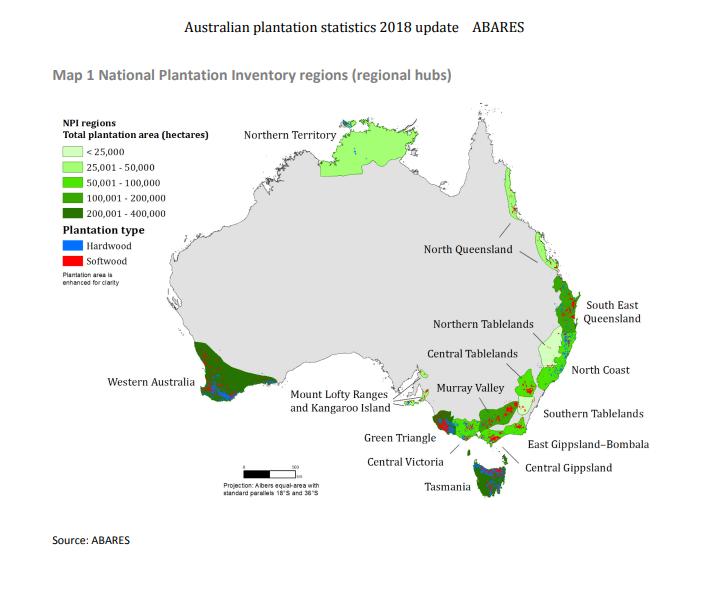
1 minute read
The Development of the Australian Plantation estate
from PNGAF MAGAZINE ISSUE # 9D4D of 15th March 2022 - global timeline forest tree plantations
by rbmccarthy
regeneration has relied on reforesting largely by planting (Savill et al., 1997) and in the Pacific North-West of the USA clearcutting and replanting became the commonest way of regenerating Douglas fir (Ps. menziesii) (Smith, 1986).
Forest plantation development across the world became more important as the mid-20th century progressed, and management practices intensified. It was realized that the genetic principles being applied to agricultural crops could be used to improve the productivity of trees in plantations. Forest geneticists in Denmark, Sweden and the USA led the way by elucidating patterns of variation in commercially important trees and achieving basic understanding of pollination biology and vegetative propagation. Foresters in the tropics also recognized the need to improve seed quality of plantation species and some designated special seed collection areas. These advances paved the way for forest industries in the 1950s to launch with some confidence the large programmes of applied genetics to improve wood production in plantations (Turnbull, 2002). Silviculturally the one uncertainty was a reawakening of the question of the sustainability of yields over successive rotations. Reports from Australia in the 1960s of declining productivity of second rotation P. radiata (Keeves, 1966; Bednall, 1968) led to much research, but incidences elsewhere were sporadic (Evans, 1999). Indeed, Holmsgaard et al. (1961), following up in Denmark with similar crops to the German reports of 30 years before, could find no evidence of yield decline. Nor was this the case for second rotation P. patula in Swaziland.
Advertisement
The Development of the Australian Plantation estate
The focus was on addressing a general lack of native coniferous wood and the first documented importation of P. radiata planting materials occurred in 1857 when a single








